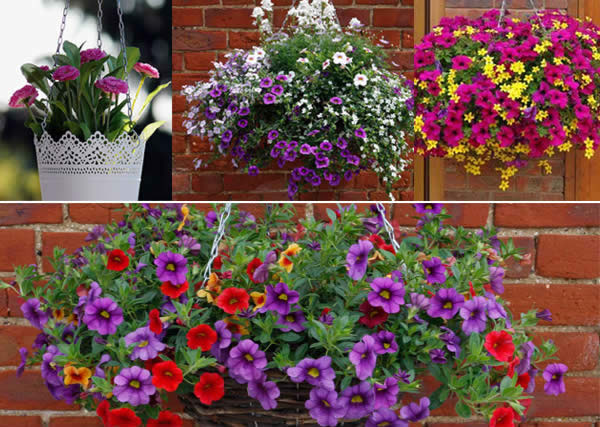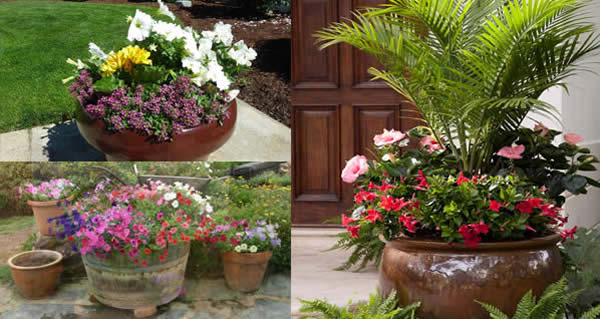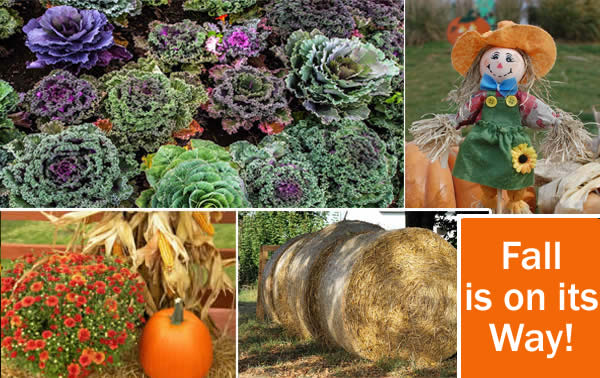
By Tamara Galbraith
Here's a basic primer on how to divide some of your perennials. Don't neglect this fall duty; it's nature's way of giving you free plants!
Just like pruning, dividing should be done in the season opposite of planting, i.e., spring flowering = fall dividing and vice versa. Try to plan your dividing project for a cloudy, slightly cooler day with a good chance of rain thereafter.
Most perennials should be divided every three to five years. However, some, like columbines, poppies and euphorbias shouldn't ever be divided, even if they start to clump. Don't divide woody plants like lavender or the bigger artemesias either.
Before starting your division project, thoroughly water all plants to be divided a day or two before you dig in. Likewise, prepare planting holes or new pots for the new divisions so they aren't languishing (and drying out) above ground for too long.
You can also pot up divisions from bedding plants to build up size, overwintering pots in a protected environment. Make sure your tools are clean and, more importantly, very sharp.
Use a sharp pointed shovel or spading fork to dig down deep on all four sides of the plant, about 4 to 6 inches away from the plant. Pry underneath and lift the whole clump to be divided.
If the plant is very large and heavy, you may need to divide it right in the ground with a sharp shovel before lifting the new sections out. (Obviously, if the plant is already potted, just gently remove it from the pot.)
Shake or hose off loose soil and remove dead leaves and stems. This will help loosen tangled root balls and make it easier to see what you are doing. Depending on the root system, divide your plants as follows:
• Spreading root systems that have just a mess of disorganized roots include such plants as asters, purple cornflowers and many other common perennials. Some can get out of control unless you divide them frequently.
Luckily, they can usually can be pulled apart by hand, or cut apart with shears or knife.
Divide the plants into clumps of three to five vigorous shoots each. Toss the center of the clump into the compost pile if it looks like it's run its course and is weaker than the outside edges.
• As the name suggests, clumping root systems originate from a central clump with multiple growing points and usually have thick fleshy roots.
This group includes astilbes, hostas, daylilies and many ornamental grasses. A sharp knife is handy with these guys, as it is often necessary to cut through the thick crowns to separate the divisions. You can also pry apart these roots with two digging forks held back to back. Make sure at least one developing eye or bud exists on each division.
• Rhizomes are stems that grow horizontally at or above the soil level. Irises are the most common perennial with this type of root system. Divide irises any time between a month after flowering until early fall.
Cut and discard rhizome sections that are one year or older and/or showing signs of disease and insect damage.
Iris divisions should retain a few inches of rhizome and one fan of leaves, trimmed back halfway. Replant with the "shoulders" of the rhizome showing above soil level.
• Tuberous roots should be cut apart with a sharp knife. Every division must have a piece of the original stem and a growth bud attached. After division they can either be replanted or stored for spring planting.
Silly as it sounds, dividing is probably my favorite fall gardening chore. When you dig up one daylily and all of a sudden it becomes four...well, for an avid gardener, that's like a magic show and a birthday gift all rolled into one!
Click to print this article.
















